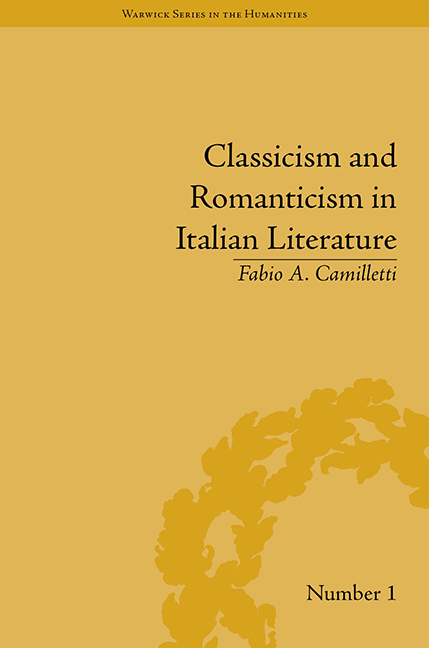2 - Post-Revolutionary Romance
Summary
France, Montesquieu and the Rise and Fall of Empires
Between 1814 and 1816, as we have seen, Italy witnesses the concurrent births of the word Romanticismo, of an albeit vague literary and aesthetic concept related to it, and of a school referring to it as the label of a wide-ranging cultural project. The Congress of Vienna – from November 1814 to June 1815 – radically redraws the geopolitical map of post-Napoleonic Europe, with the explicit aim of turning back time and restoring the Ancien Régime – as if nothing had happened.
These two phenomena are not unrelated. As we have seen, all the Milanese Romantics had taken part, although from different political vantage points, in the experience of the Napoleonic kingdom of Italy, a client state of the French Empire. This background is also shared by authors who do not identify themselves with the literary and political programme of Milanese Romanticism. In the years of Napoleon's first Italian campaign, the twenty-one-year-old Foscolo had enthusiastically welcomed the French army, and composed an ode entitled A Napoleone Bonaparte liberatore (To Napoleon Bonaparte the Liberator), published in 1799. The Treaty of Campo Formio of 18 October 1797, by which Napoleon turned Venice over to the Austrian Empire, was, however, to determine Foscolo's strong critique against the French domination, which he regarded as betraying the revolutionary ideal of peoples' self-determination.
- Type
- Chapter
- Information
- Classicism and Romanticism in Italian LiteratureLeopardi's Discourse on Romantic Poetry, pp. 59 - 104Publisher: Pickering & ChattoFirst published in: 2014



